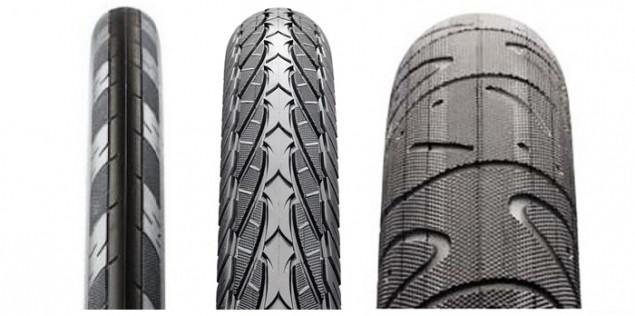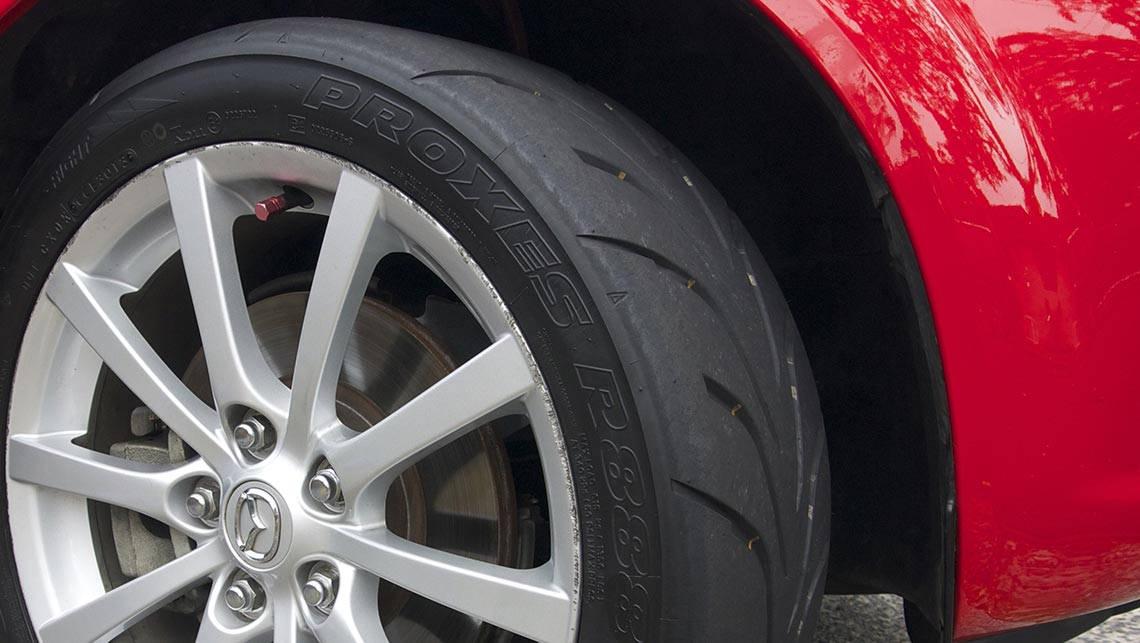
Pros and cons of semi-slicks

Semi-slicks are great for the track, but won't help you on the road.
The temptation to put so-called semi-slicks, also known as R-compound tires, on your high-performance road car is great, especially if it's been modified for more power and improved dynamics.
Most tire companies offer semi slicks that promise optimal traction over a standard road tyre. The subtext of this is that they are talking about the motorsport environment of driving on a race track.
erroneous
A growing number of sports car owners mistakenly believe that semi-slicks are better suited to their vehicles for everyday road use due to the high level of traction they provide.
But according to Toyo Tire Australia, "They are throwing money away because semi slicks ride much harder, have a limited number of heat cycles before the rubber comes off, wear out faster and take longer to warm up to full grip temperature."
This is probably more to brag about than any gain in overall handling.
“They would be much better off with high performance road tires like the Toyo Proxes T1 Sport and their R compounds on a second set of competition rims,” they said.
“The semi-slicks look more aggressive, but that's probably more bragging rights than any handling gains on the street,” says Steve.
R-CONNECTION
Toyo Tire Australia makes the Proxes R888 semi-slick, which according to a spokesperson is a good all-round mid-size R-compound tire suitable for a variety of circuit racing and competition, especially on stock cars and lightly modified cars.
They say they are perfect for track driving and will go many laps without losing traction – right down to the bottom of the tread.
ON THE ROAD
We took the spokesman's word for it and installed the R888 kit on a Mazda MX-5 for a super sprint on the track, which consisted of eight "races" of six laps.
Once we got to the right pressure when the tire was hot (around 32 psi), the R888 ducked and never once lost traction during any session, despite being in the top XNUMX against cars that day. more power, some of which had full power. smooth tyres.
Although they are designed to offer a progressive breakaway that just didn't exist on our track day. They offered a firm feel, quick steering and a complete absence of noise - no squealing - and stable braking.
The car is set up with some pretty aggressive steering and even after a full day on the track the tires looked good and still ready for the next event.
They are good for their purpose in motorsport.
They are road legal and we haven't had any problems with that on the R888, but we'll be buying a second set of rims soon, I promise.
Proxes R888 are CAMS approved for racing and approved for various stock cars and historic racing.
VERDICT
The downside of semi slicks is that they are good for their motorsport purposes.
If you never hit the track, buy a set of high performance road tires.
